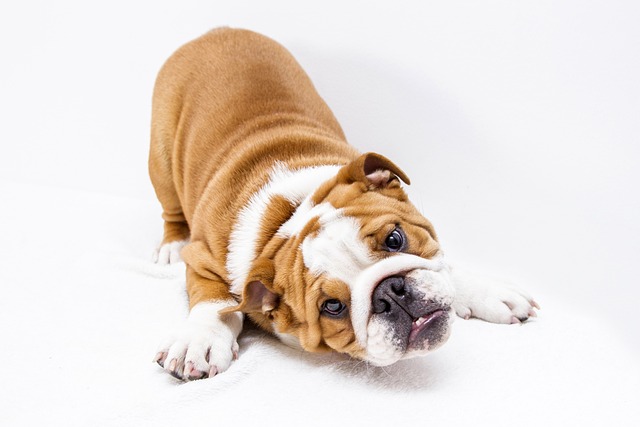
How to treat dry skin in dogs
how to treat dry skin on dogs? If you’ve watched your German shepherd “Rex” scratch his back against the living room couch until tufts of fur stick to the fabric
A dog’s surgical wound healing timeline depends on a mix of factors, starting with the type of procedure. Spay or neuter surgeries, common in many regions, typically see initial closure within 10 to 14 days. Stitches or staples might come out around then, but the tissue underneath continues strengthening for weeks. More complex operations, like tumor removals or orthopedic work, can stretch the process to 6 to 8 weeks—sometimes longer if the incision is large or near a joint that moves frequently.
Your dog’s age and health play big roles too. Puppies and young adults often bounce back faster, their bodies rushing to repair tissue with robust energy. Senior dogs, though, might take an extra week or two, especially if they have conditions like arthritis that slow movement. Nutrition matters here—vets often recommend high-protein diets to support collagen production, which knits the wound together.
 Daily care is non-negotiable, and it’s where many owners run into missteps. The incision needs to stay dry, so skip baths until the vet gives the go-ahead. Instead, gently wipe around it with a damp cloth if it gets dirty. Watch for red flags: swelling that spreads, pus, or a foul smell could mean infection, which requires immediate treatment. E-collars (those “cone of shame” devices) are a must too—dogs have an instinct to lick wounds, which can dislodge stitches and introduce bacteria. It might look uncomfortable, but most adapt within a day or two.
Daily care is non-negotiable, and it’s where many owners run into missteps. The incision needs to stay dry, so skip baths until the vet gives the go-ahead. Instead, gently wipe around it with a damp cloth if it gets dirty. Watch for red flags: swelling that spreads, pus, or a foul smell could mean infection, which requires immediate treatment. E-collars (those “cone of shame” devices) are a must too—dogs have an instinct to lick wounds, which can dislodge stitches and introduce bacteria. It might look uncomfortable, but most adapt within a day or two.
Legal considerations vary by location, but many areas have rules about post-surgical care. For example, in some U.S. states, leaving a dog unattended with an open wound that’s at risk of infection could violate animal welfare laws. Similarly, in parts of Europe, failing to seek veterinary care for a deteriorating surgical site might result in fines. Always check local regulations, and keep records of vet visits—they can be crucial if questions arise.
Most dogs heal without complications, but patience is key. Even after the stitches are out, avoid rough play or long walks for a bit longer to prevent reopening the wound. By sticking to the care plan, monitoring closely, and staying aware of local laws, you’ll help your pup get back to their happy, active self in no time. And when they do, that e-collar can finally come off—just in time for a well-deserved belly rub.

how to treat dry skin on dogs? If you’ve watched your German shepherd “Rex” scratch his back against the living room couch until tufts of fur stick to the fabric

What are the crusty flakes on my dog's skin? If you’ve ever run your hand through your schnauzer “Charlie’s” fur and noticed tiny, dandruff-like flakes sticking to your palm

French bulldogs, with their squishy faces and playful energy, are prone to sensitive tummies—diarrhea can strike out of nowhere, leaving you scrambling for solutions. It’s not just messy; it can signal something off in their diet, environment, or health.

Picture this: It’s 95°F in Austin, and your terrier dances awkwardly on hot pavement during your neighborhood stroll. You wonder – could those cute socks from Petco save his paws?

Discovering your dog limping or licking frantically at their paw is a heart-sinking moment for any new pet parent. Those tough paw pads shield them from hot sidewalks

How to improve a dog's coat condition? If you’ve run your hand through your poodle “Luna’s” fur lately and noticed it feels more like straw than silk—dull